Endotoxins – A constant threat
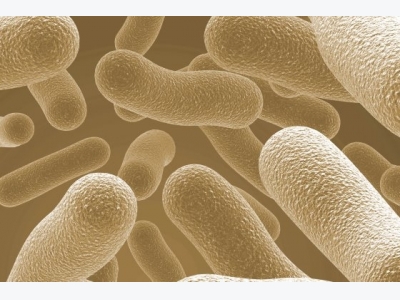
Endotoxins are present everywhere in the environment: in the air, the water, soil and in the gastrointestinal tract of animals. Protecting all livestock from their toxic effects should be a priority for everyone from feed to farm.
Endotoxins from Gram-negative bacteria induce an inflammatory immune response in the animal which can come at the expense of the production performance. Photo: Nutrex
Endotoxins are toxic molecules which are part of the bacterial cell wall structure. The most well-known endotoxins are lipopolysaccharides (LPS). These are the building blocks of the outer membrane of Gram-negative bacteria. LPS are released into the environment when the bacteria multiply or when their cell membranes rupture through bacterial lysis.
LPS are chemically composed of an outer O-polysaccharide chain, an inner R-polysaccharide chain and lipid A (Figure 1). The latter is the toxic part of the molecule. The exact structure of lipid A varies between different bacteria, which leads to different levels of toxicity.

Figure 1 - Chemical structure of LPS from E. coli.
Transfer of endotoxins
In production animals the gastrointestinal tract is the main risk site where endotoxins can be transferred from the lumen into the bloodstream, where they exert their toxic effects. In healthy animals, the permeability of the gut is tightly controlled. The gut barrier is composed of gut epithelial cells (enterocytes) which are connected by tight junction proteins. This keeps endotoxins on the luminal side of the gut where they are not toxic to the animal. The immune system constantly ‘senses’ these endotoxins by specific receptors (TLR-4) present on the membrane of enterocytes. In case of good gut health, this is one of the mechanisms that help protect the animals against the constant threat of endotoxins (Figure 2A).
Several external factors (see box ‘Risk factors for endotoxemia’) are known to increase gut permeability. Further, a disrupted gut barrier is characterised by a higher number of TLR-4 receptors (excessive triggering of the immune system). Altogether, this promotes leakage of endotoxins into the bloodstream (Figure 2B).

Figure 2 - Transfer of endotoxins from the lumen into the bloodstream.
In ruminants, the translocation of endotoxins into the blood circulation can also take place across the rumen epithelium. This epithelium has a multi-layer structure and is covered by keratinised cells, which act as a protective barrier. Moreover, TLR-4 receptors are also present to protect the animal against endotoxins. However, a low ruminal pH and a high osmolality reduce the epithelial barrier function and increase endotoxin translocation from the rumen into the blood.
Endotoxemia
Once in the bloodstream, endotoxins induce an inflammatory immune response: they bind to TLR-4 receptors present on the membrane of macrophages after which these produce inflammation markers, such as IL-6, TNF-α and IL-1β. These inflammatory markers modulate the functioning of different tissues and they trigger the liver to produce acute phase proteins. Generally, these excessive immune processes consume a lot of energy and nutrients which come at the expense of the production of meat, eggs, and milk. In the worst case, high amounts of endotoxins can result in septic shock and even death.
It’s clear that it’s essential to take measures to minimise transfer of endotoxins into the bloodstream. This can be achieved by limiting damage to the gut barrier function and by reducing both the amount and toxicity of endotoxins residing in the gastrointestinal tract.
Nutrex developed a new innovative feed additive, EndoBan, by combining different strategies to help farmers and feed mills to reduce the negative effects of endotoxins before they can reach the bloodstream, thereby lowering the potential for endotoxemia and the subsequent effects on animal performance.
Risk factors for endotoxemia

Heat stress:
To maximise heat loss during heat stress, blood flow through the gut wall is decreased. This leads to lower oxygen and nutrient supply to the enterocytes. As a consequence, the gut will become more leaky.
Consumption of feed contaminated with toxic substances such as DON:
Deoxynivalenol (DON) is one of the most prevalent mycotoxins around the world. It has been shown that DON decreases the expression of tight junction proteins and decreases proliferation of enterocytes thereby decreasing gut barrier function.
Changes in feed composition:
These are often accompanied by reduced feed intake and morphological and physiological changes of the rumen and/or gut wall. Per species this can result in the following:
- In poultry, changing the energy source from a lipid-rich yolk to a carbohydrate-rich diet is a highly stressful event for hatchlings. Later on, birds again face some kind of stress in the gut each time the composition of raw materials in the feed changes, due to price fluctuations of ingredients or when there’s transition from one feeding phase into another.
- In sows, transition from gestation to lactation feed often leads to constipation.
- In piglets and calves, transition from milk to feed often comes along with diarrhoea which is caused by a drop in feed intake. This makes them vulnerable to other gut-related disorders.
- In ruminants, a high-grain diet alters the composition of the microbial flora and the environment in the rumen and gut, leading to the release of large amounts of endotoxins.
Pathogens:
Certain pathogens can affect the barrier properties of the gastrointestinal tract, resulting in an increased epithelial permeability and translocation of endotoxins. Well-known pathogens include Clostridium perfringens and specific Eimeria species in chickens, E. coli in pigs and Cryptosporidium parvum in calves.
Related news
Tools

Phối trộn thức ăn chăn nuôi

Pha dung dịch thủy canh

Định mức cho tôm ăn

Phối trộn phân bón NPK

Xác định tỷ lệ tôm sống

Chuyển đổi đơn vị phân bón

Xác định công suất sục khí

Chuyển đổi đơn vị tôm

Tính diện tích nhà kính

Tính thể tích ao
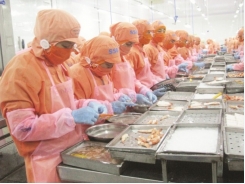
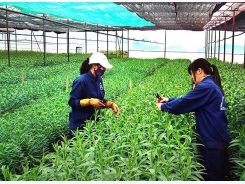
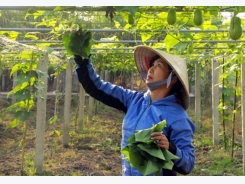
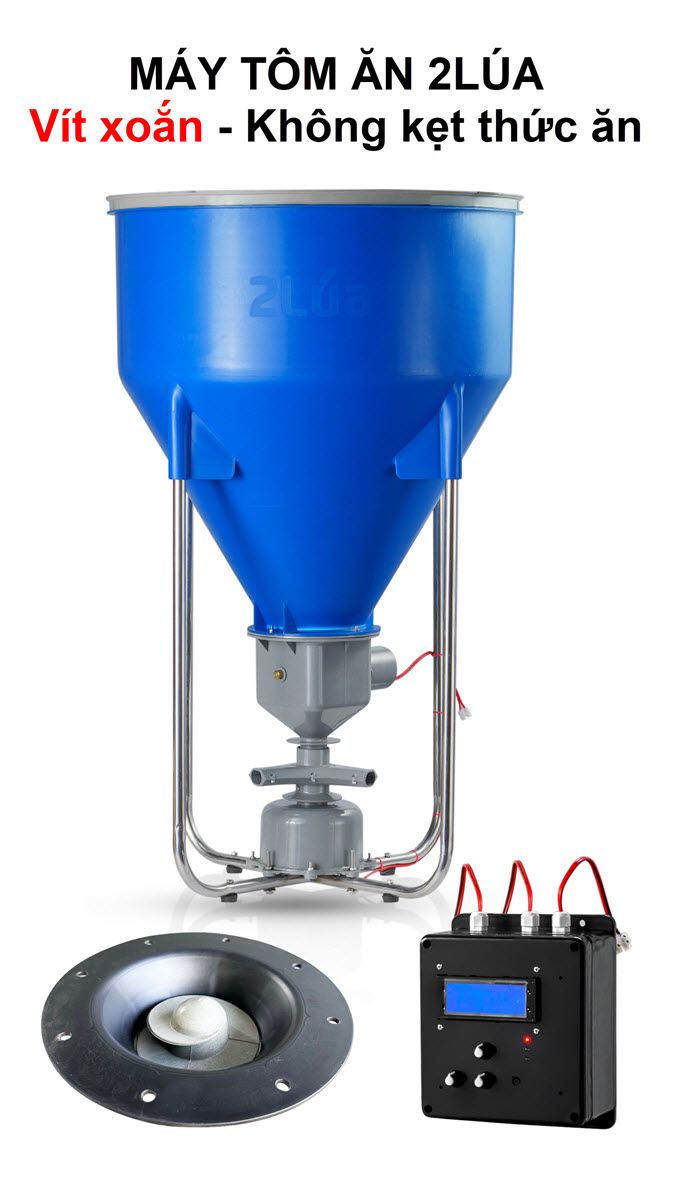
 Ministry seeks to gain US$40 billion from agro-forestry-fishery…
Ministry seeks to gain US$40 billion from agro-forestry-fishery…  Stronger links between farm production and consumption needed…
Stronger links between farm production and consumption needed…